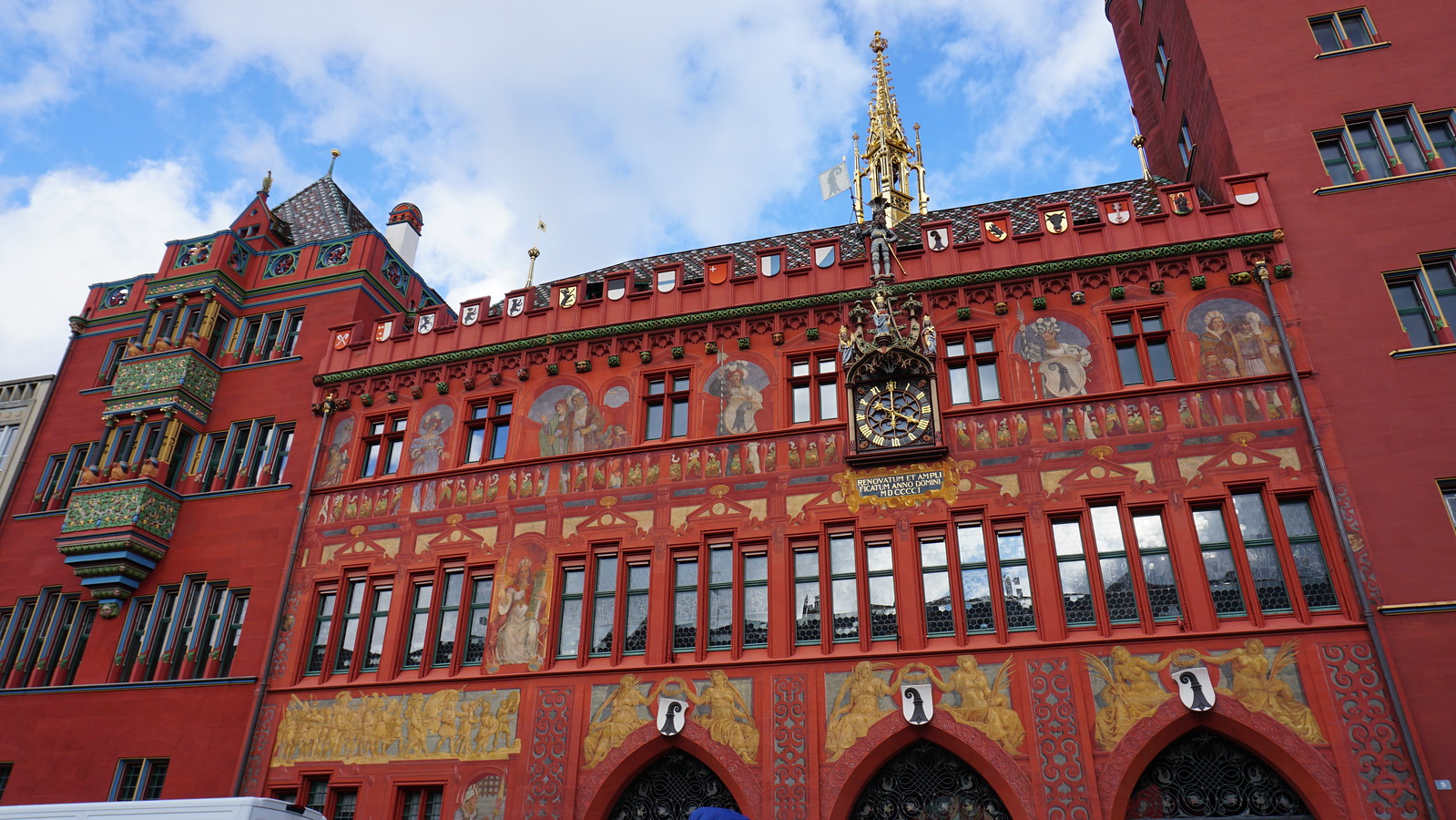
Having lived in Washington, DC for more than six years, I’ve been undoubtedly spoiled when it comes to world-class museums, arts and culture. Very few places in the world can come close to matching the scale of the Smithsonian Institution, which is not just one museum but seventeen — plus a zoo! I loved roaming around the National Mall on the weekends and exploring the new exhibits that were always popping up.
Museums are probably the thing I miss the most about DC, and though they are in short supply in Geneva, the small town of Basel boasts more than forty of them. Located in northwestern Switzerland, on the cusp of the French and German borders, Basel is known as Switzerland’s arts and culture capital. The annual Art Basel show draws attendees from all over the world, though it was sadly canceled this year. Nevertheless, it was lovely to spend a short weekend here, and I left feeling like I had only skimmed the surface of what this city has to offer.
My itinerary
Day 1
- Spielzeug Welten Museum (Toy Worlds Museum)
- Kunstmuseum Basel (Fine Arts Museum)
- Basler Münster (Basel Minster church)
- Tinguely Fountain
- Walking tour of Basel’s old town
- Basel Town Hall
Day 2
- Dreiländereck (the tri-country border)
- Spalentor (Gate of Spalen)
- University of Basel Botanical Garden
Getting there
Basel is about 2 hours and 45 minutes from Geneva by train. There is no direct train, so I had to transfer at Biel/Bienne, another one of those Swiss towns that has two different official names in French and German. As the train journeyed north, the local language gradually shifted from French station names (Moutier and Delémont) to German ones (Laufen), and even the ticket inspectors’ greetings changed from bonsoir to grüezi.
I arrived in Basel at close to 10pm. My hotel was only a 10-minute walk away, but it was so dark that I took the bus instead. Because I was staying at a local hotel and paying city tax, I was entitled to a Basel Card, which gave me free public transportation and a 50% discount on all museum admissions during my stay.
Where I stayed
I stayed for two nights at Hotel Steinenschanze, which I found to be ideally situated. It was only one bus stop away from the train station, and it was also right on the edge of Basel’s busy old town and market square, which meant that I could easily go into town for dinner and then come back to complete stillness and quiet at night.

The receptionist working the night shift was delightfully energetic and chatty. He took the time to mark up Basel’s must-see sites on a map for me and also offered a welcome drink on the house. Apparently at this hotel you can get a free drink for every night of your stay! I made off with a giant bottle of sparkling water.
The cups and even the room key were wrapped in plastic. But then nobody was wearing a mask, and there was also a breakfast buffet. A bit inconsistent, if you ask me…
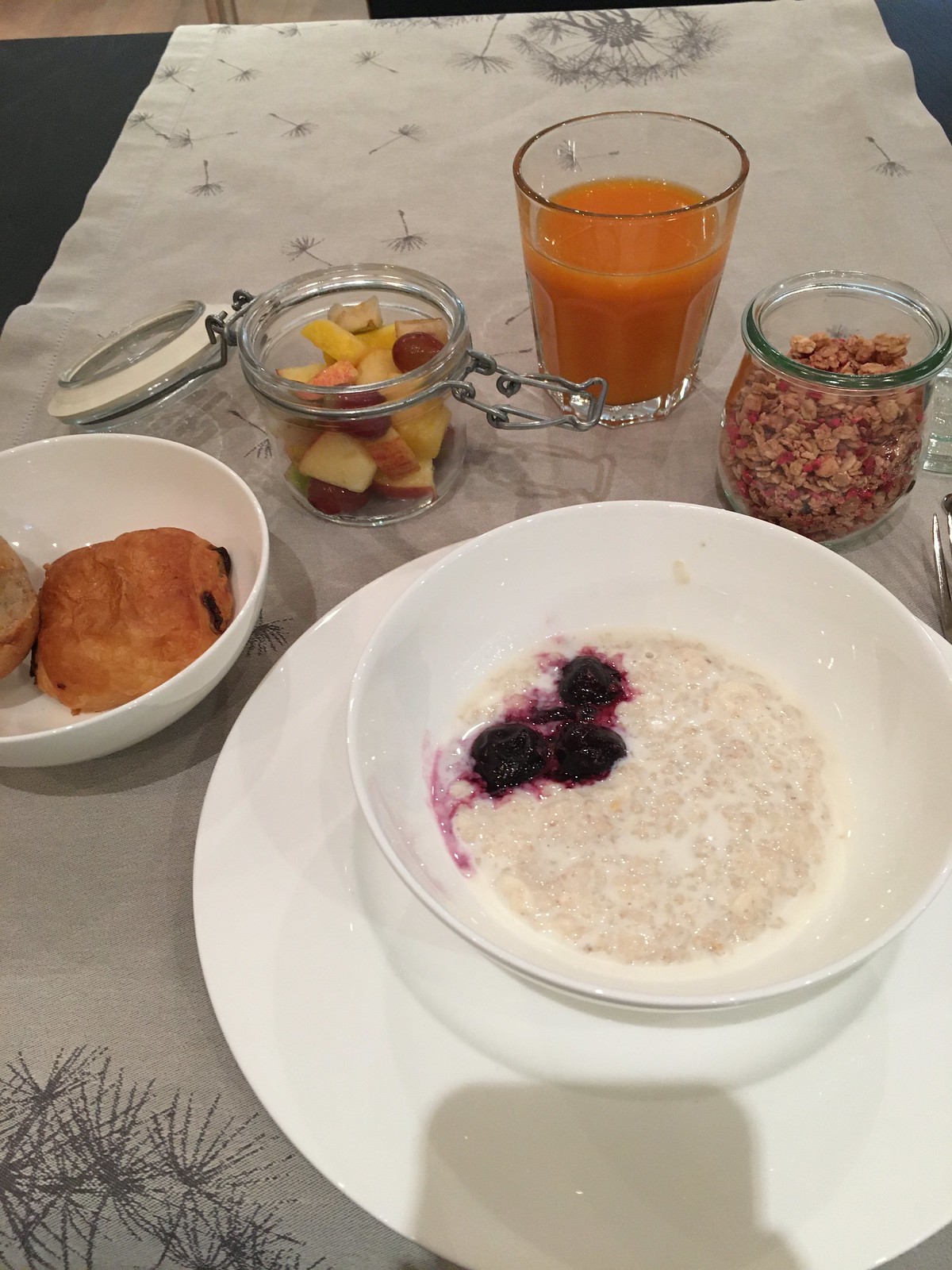
First impressions
The first thing I noticed about Basel was that it’s a lot more German than the rest of German-speaking Switzerland. This is even reflected in the greetings; at hotels, restaurants and museums, I’m more likely to be greeted by guten morgen (“good morning”) than grüezi, the unique Swiss-German way of saying hello. And whereas everywhere else in Switzerland people say merci for thanks — a word borrowed from the French — in Basel you’re more likely to hear the German dankeschön.
This is likely due to Basel’s proximity to Germany and the sheer number of German tourists. Later, on the walking tour, when I asked the tour guide whether she was speaking high (or standard) German or Swiss-German, she rolled her eyes good-naturedly. “I must speak high German, or they will not understand me!”
I also found that it was easy to get around town using French. Most locals seem to be at least quadrilingual — fluent in English, French, German, and Swiss-German. I tried to speak French whenever I could, but it was clear that German was the dominant language.
Basel was also delightfully pedestrian-friendly. There are large swaths of town where cars are simply off-limits, and only people and trams are allowed. Made for a largely stress-free experience, especially as a first-time visitor.
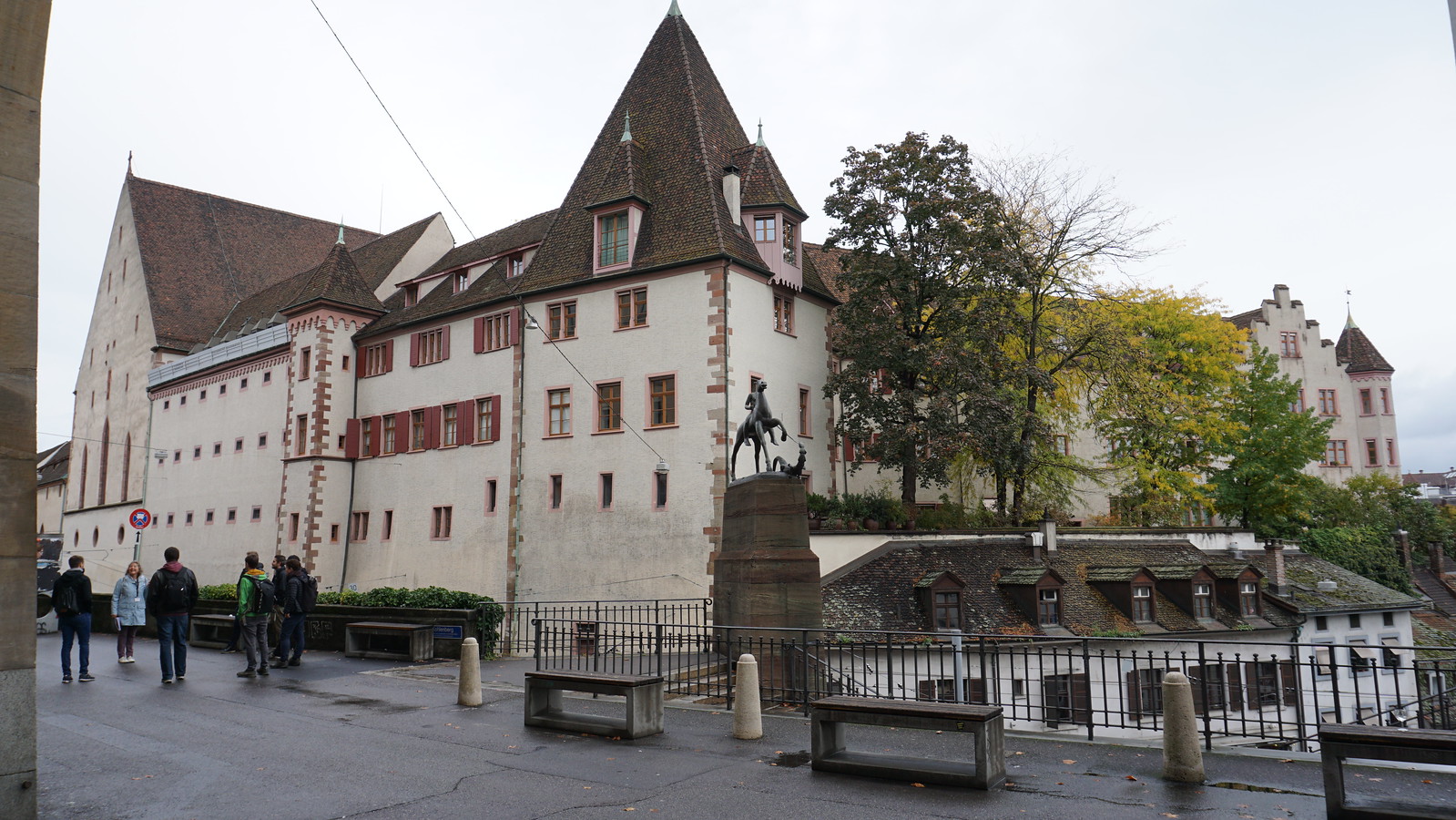
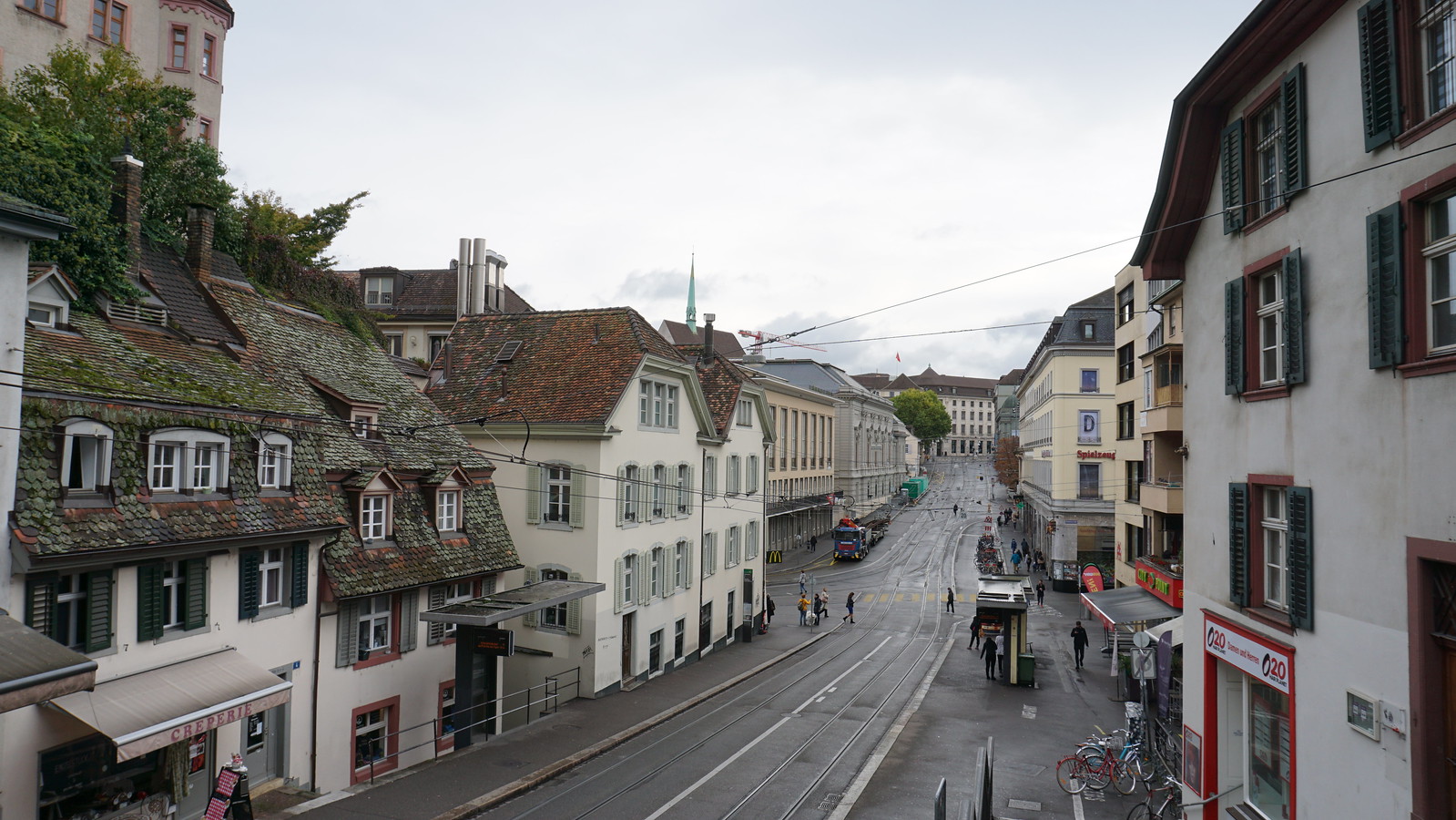
I wasn’t far from the river, so the first thing I did on Saturday was to walk across one of the bridges and back. From the river, the view of the city was less artistic and more industrial, with cranes dominating the skyline.
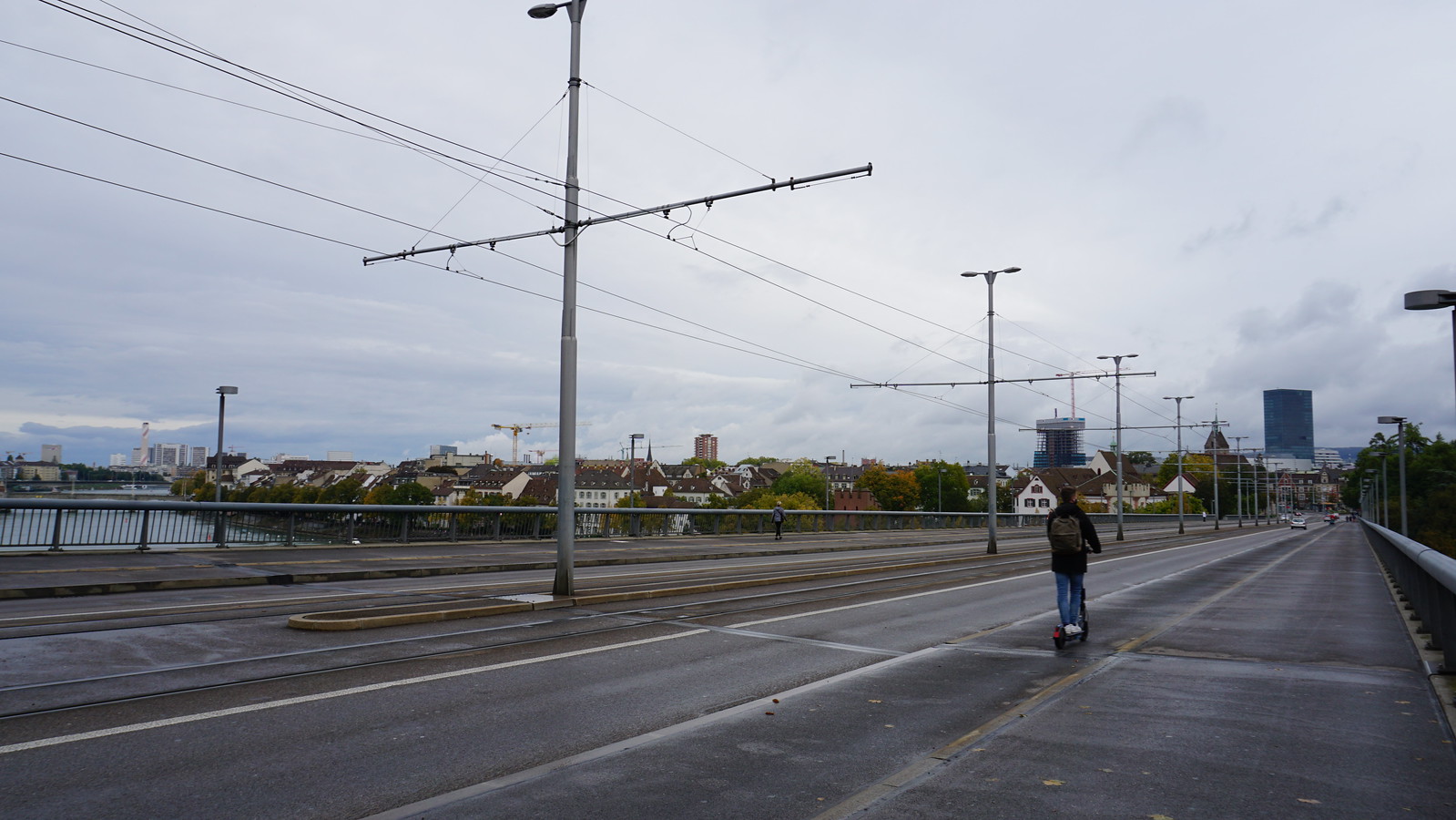

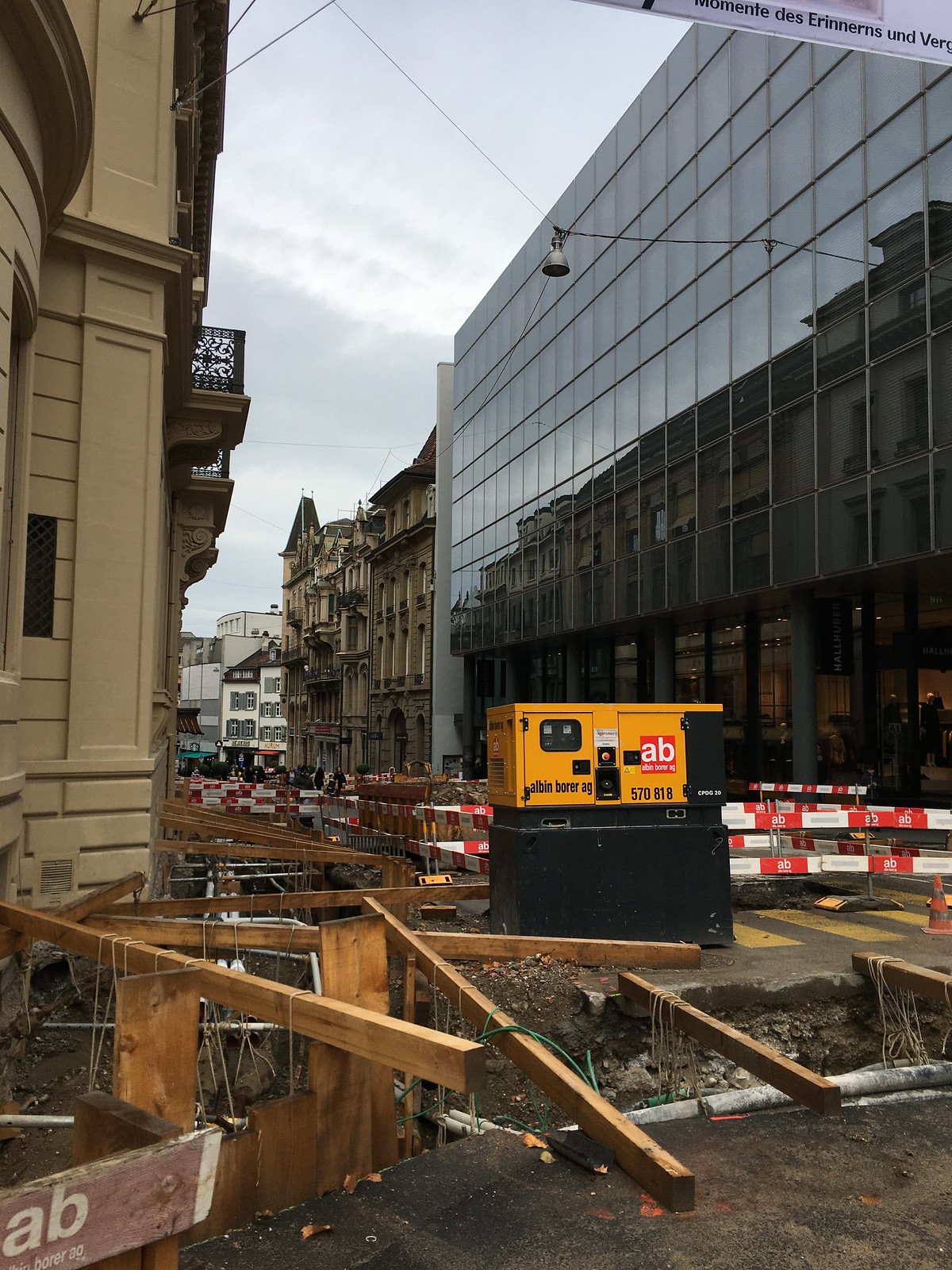
Toy Worlds Museum
This place was like a child’s fever dream — just three straight floors overflowing with teddy bears and doll houses.

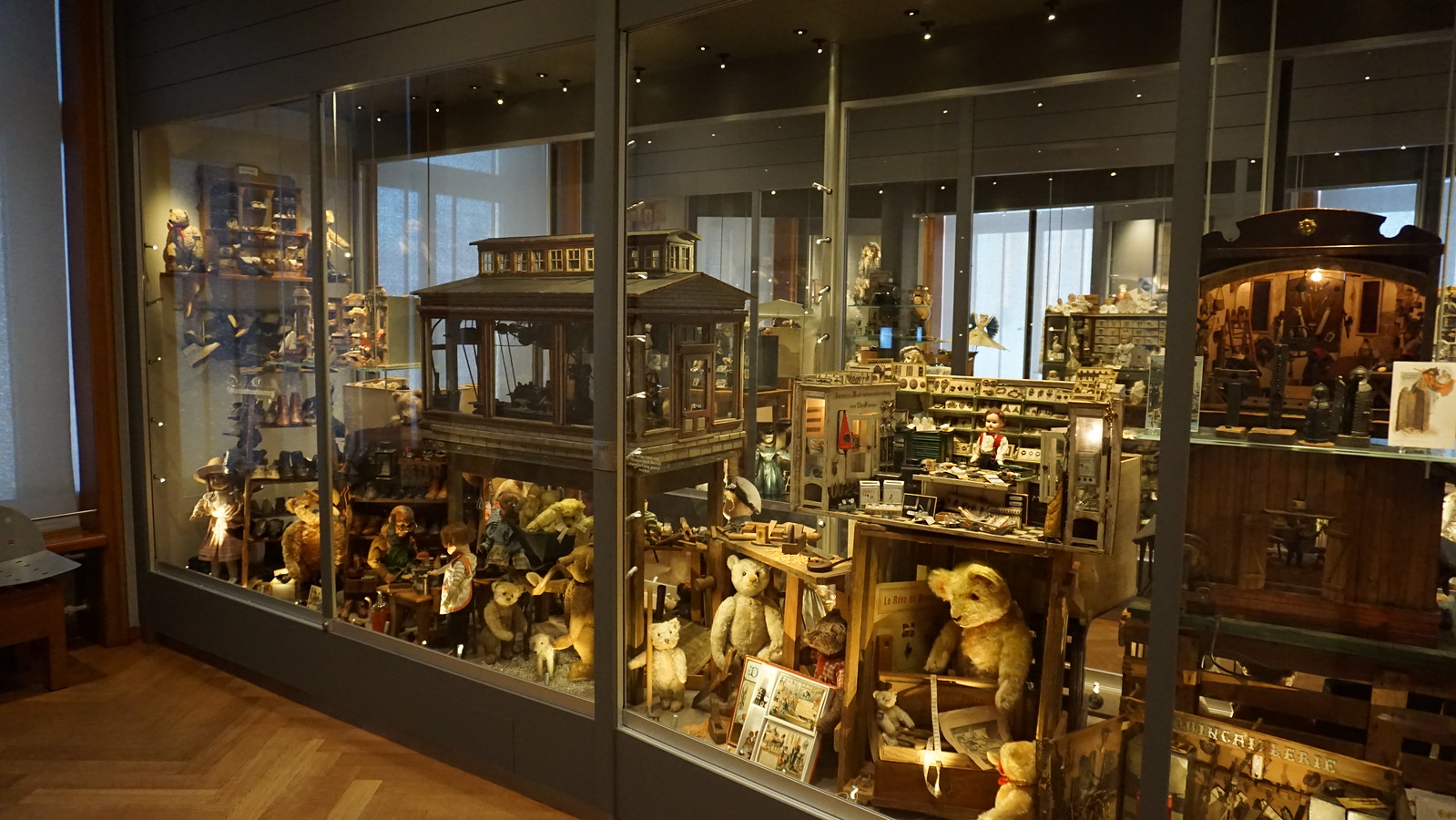
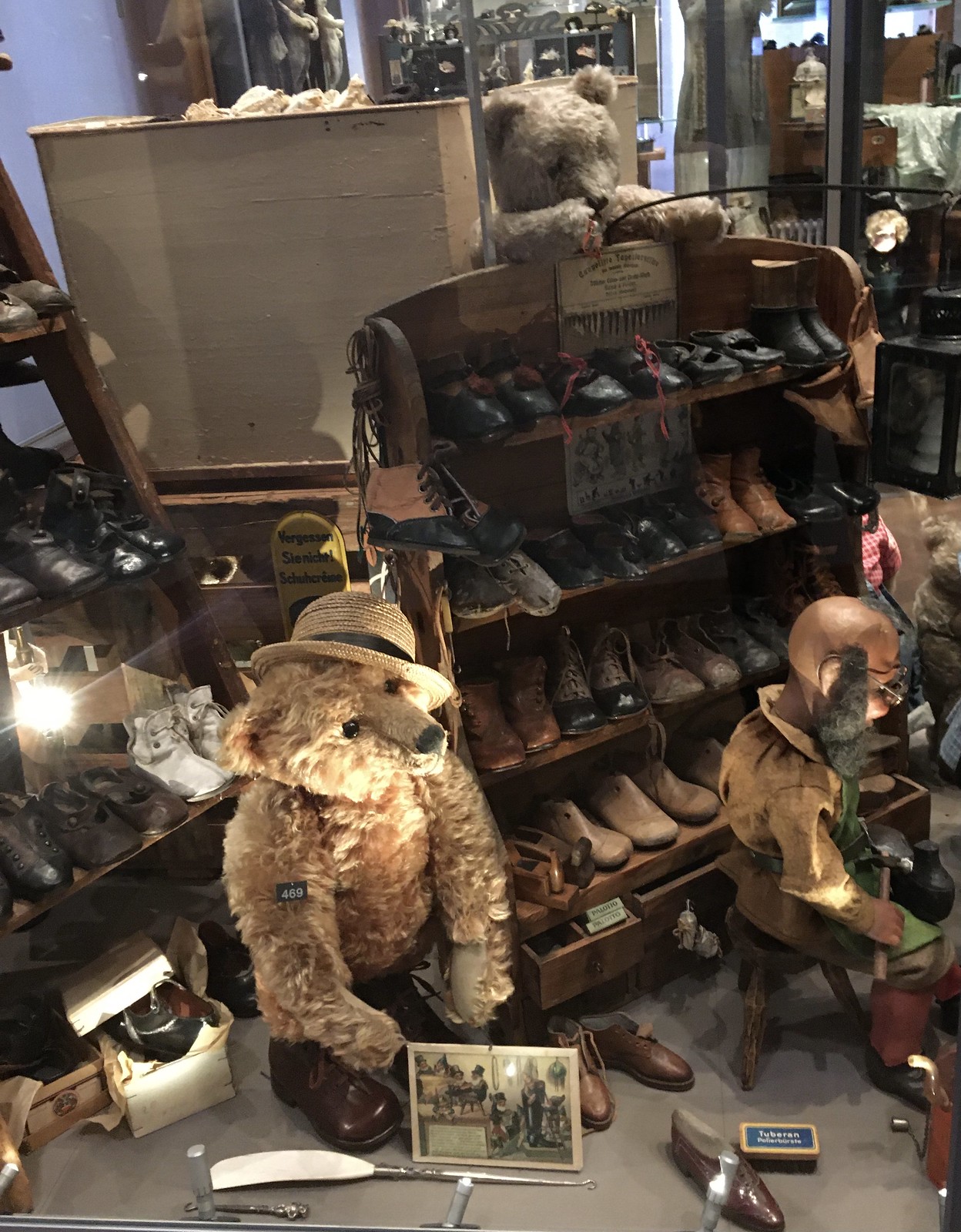


And then I came across this “Chinese” dollhouse from around 1900. What the…?







Basel Minster
This church dates all the way back to 1019 and is a popular local landmark. There were three weddings happening simultaneously on the day I visited.

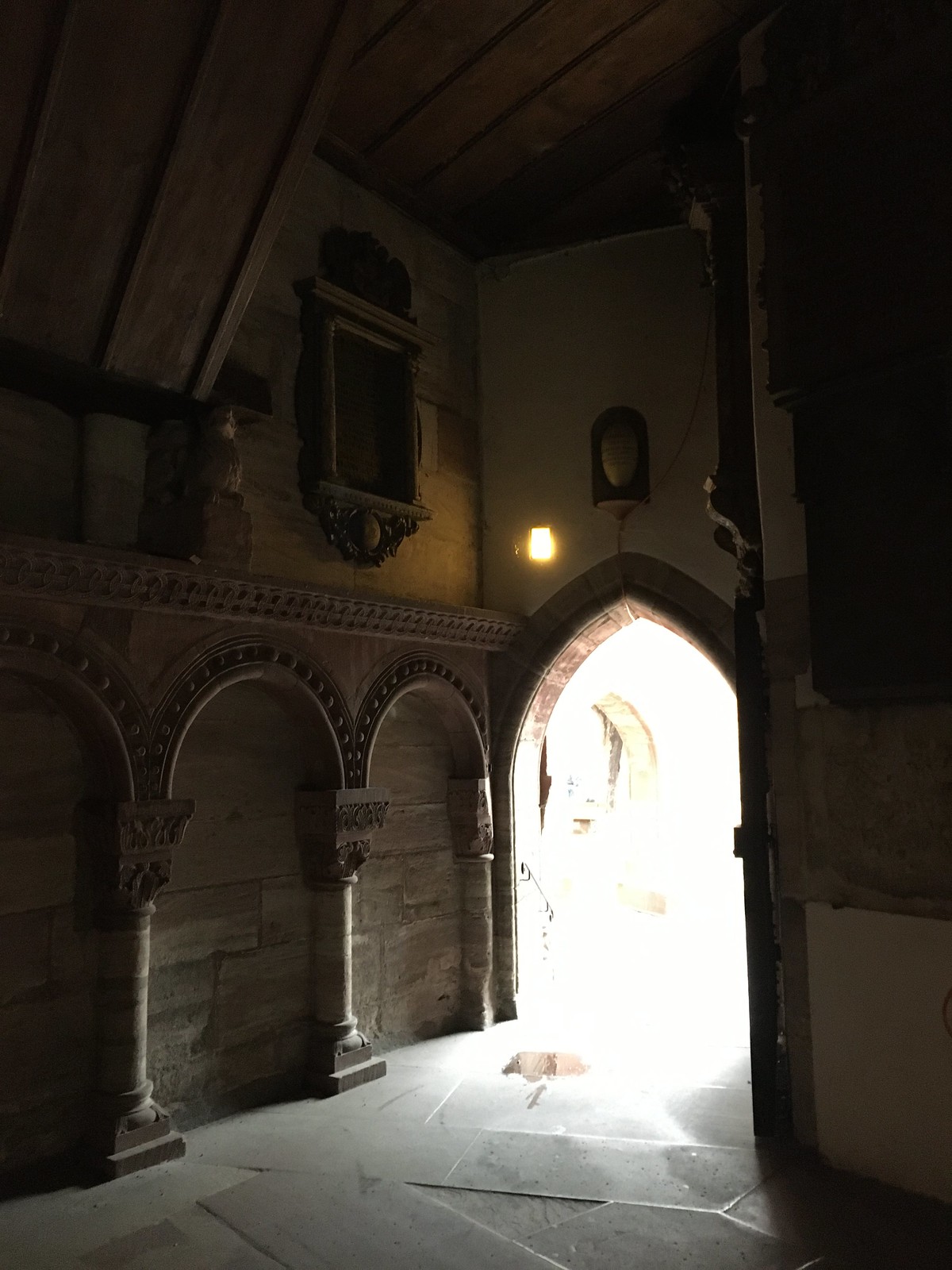

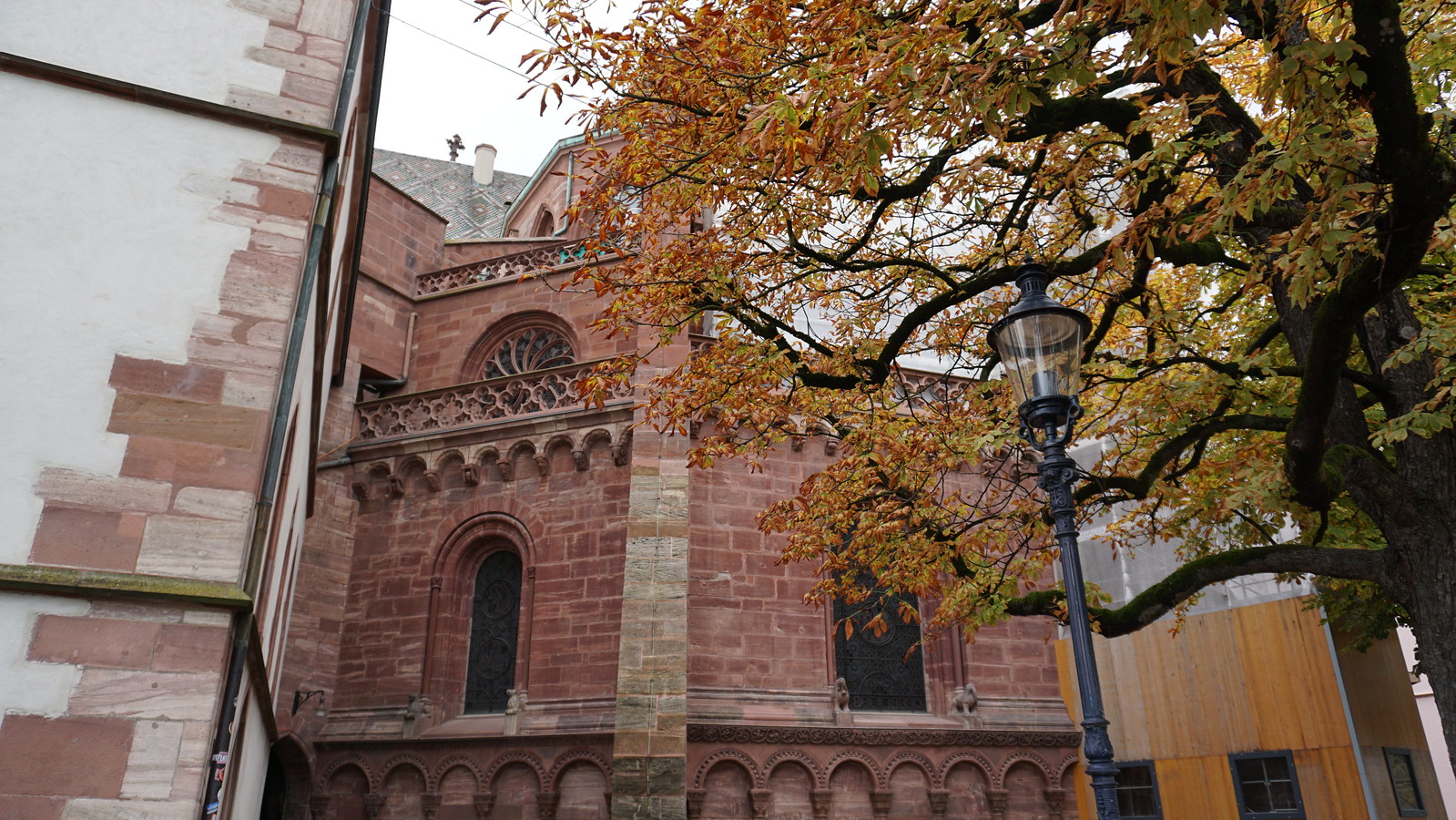



Basel Fine Arts Museum
This place is great — not a behemoth like the Louvre or the National Gallery of Art, but with a rich array of collections that could easily take a whole weekend to explore. Very spacious, sunny and warmly minimalist layout too. Weirdly, they were not requiring masks to enter (only recommending them), but most people were wearing them.
For lunch, I had a tea and a zucchini panini at the museum cafe.
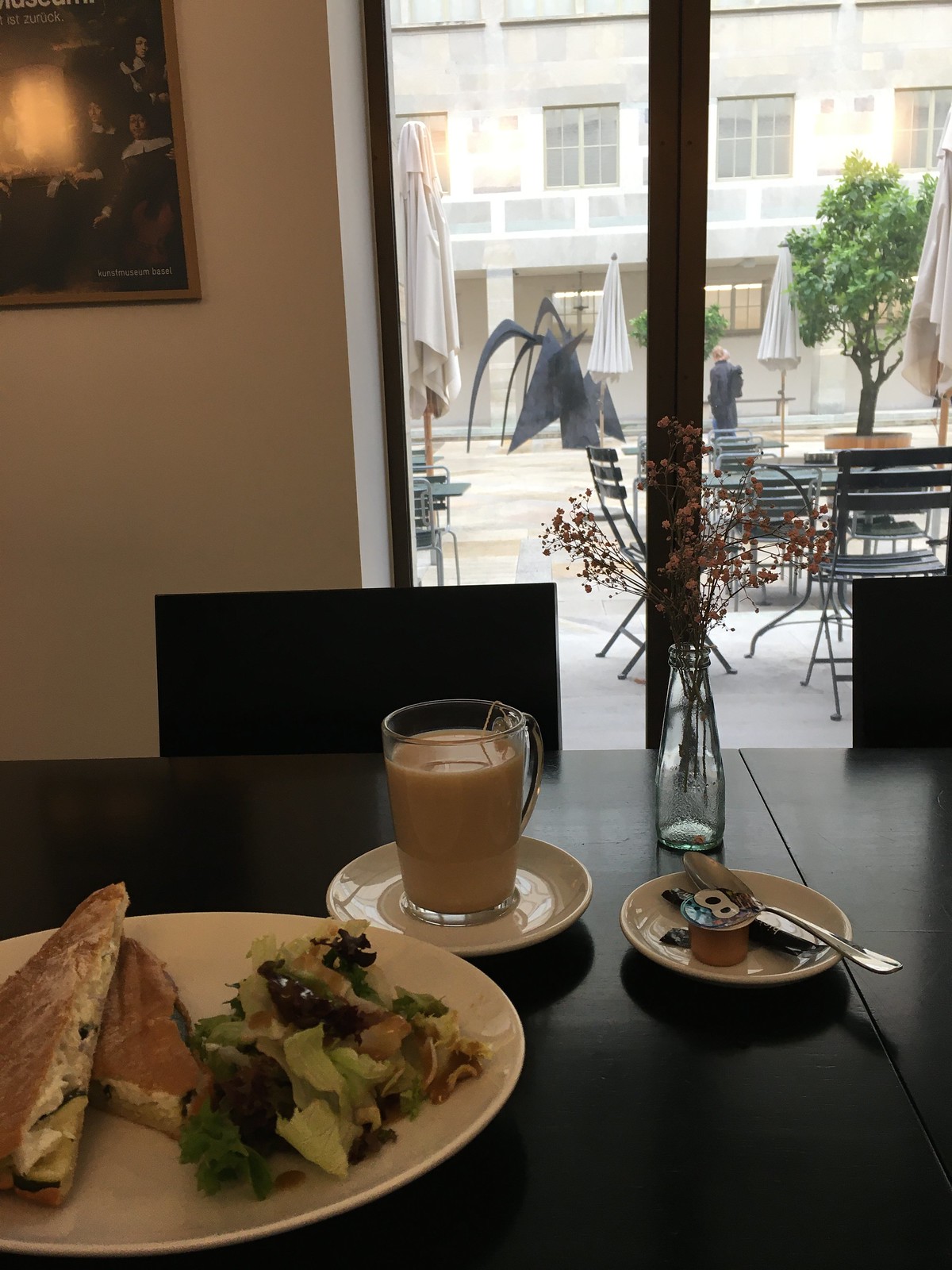


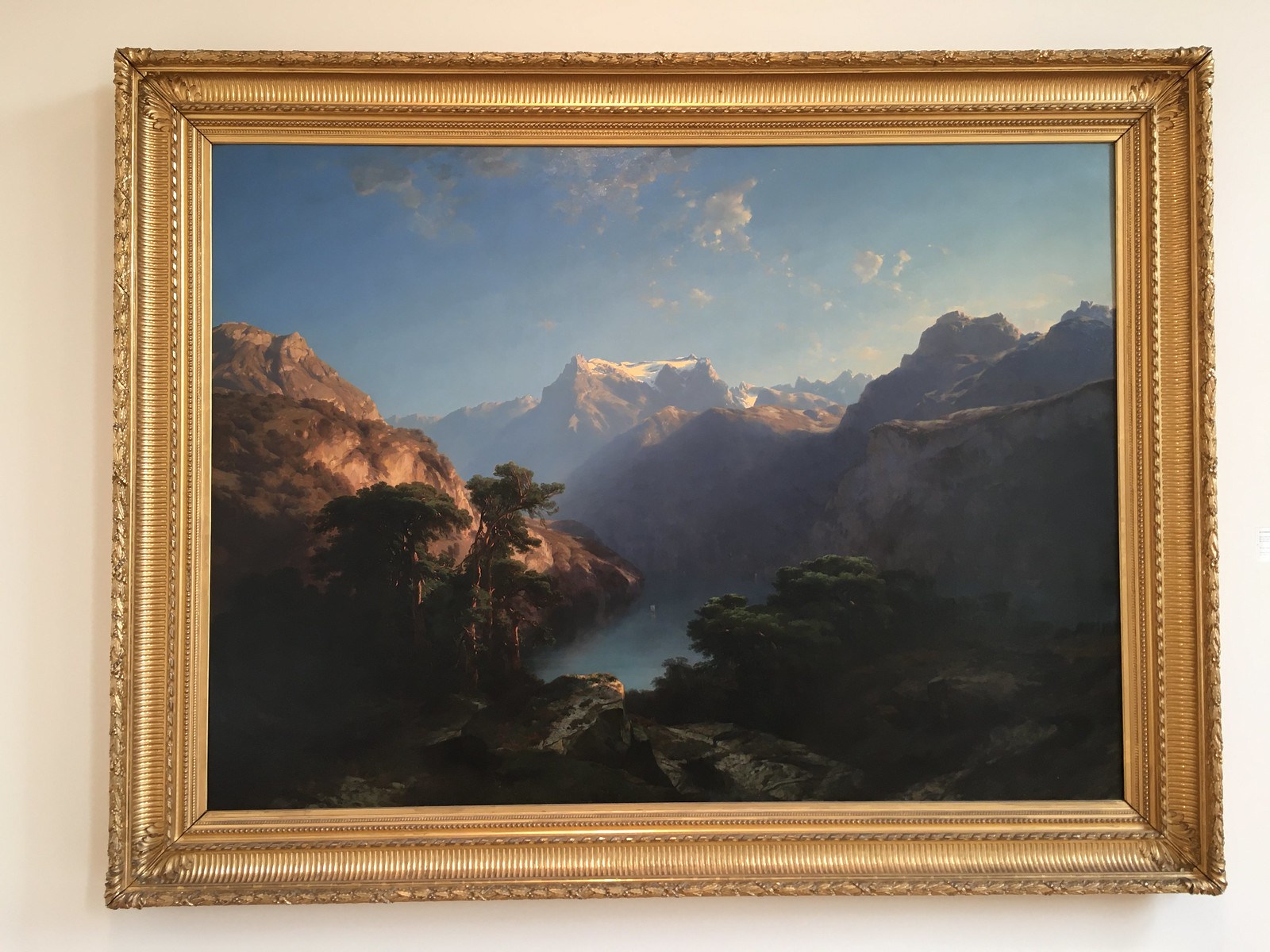
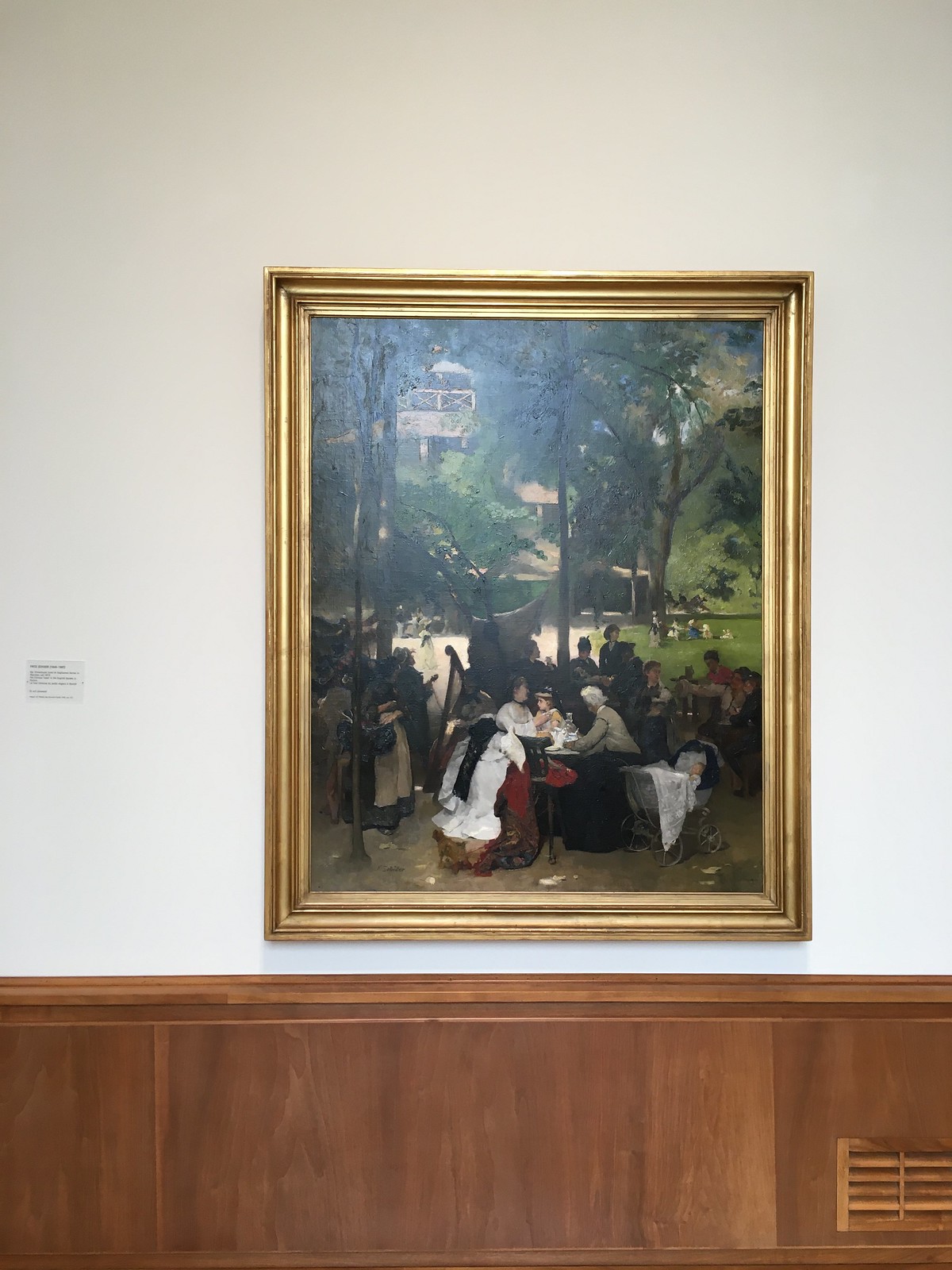





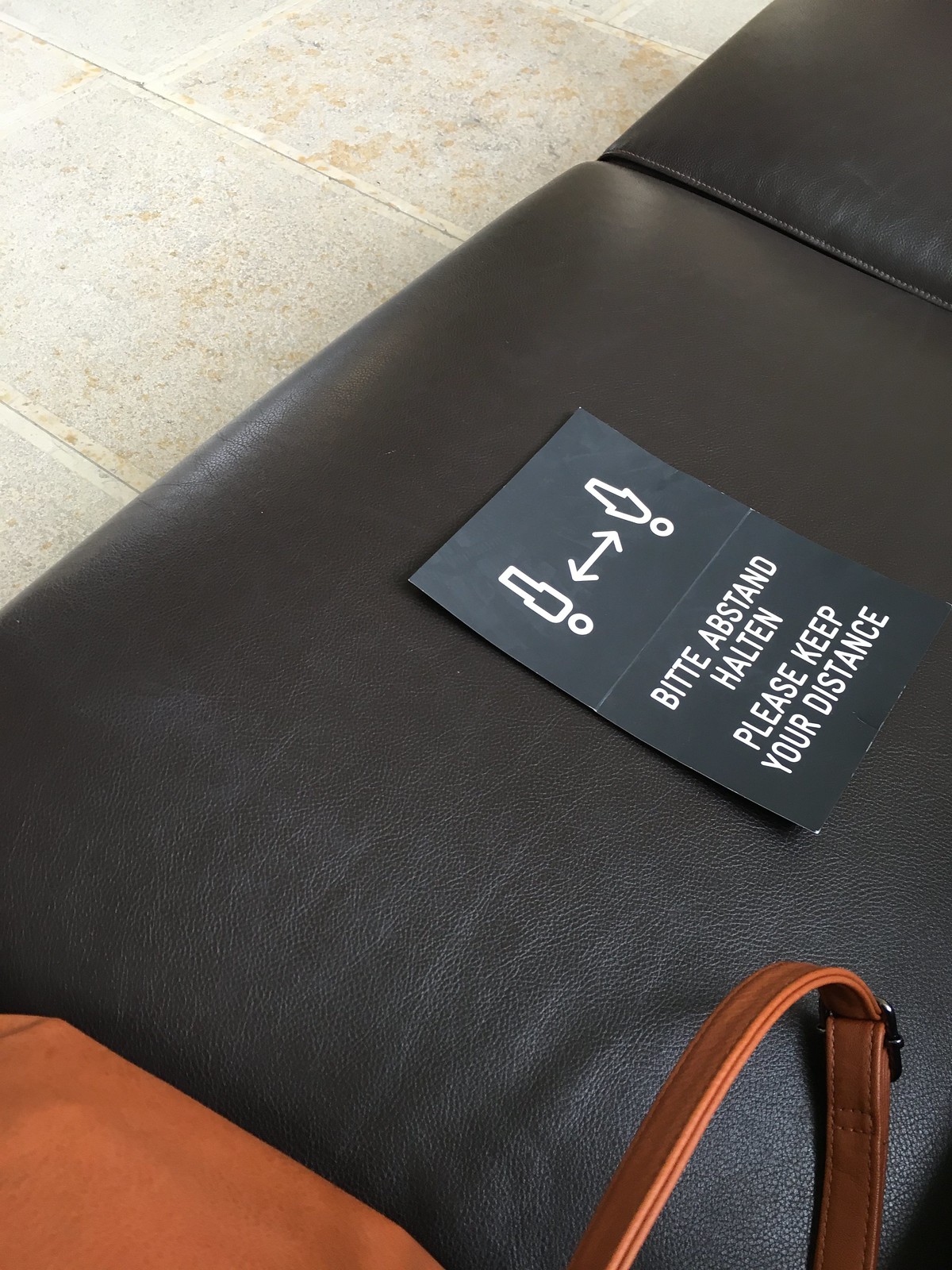

Walking tour of Basel’s old town
It is with a heavy heart that I cannot recommend this tour for English speakers. When I booked this for 10 francs on the Basel tourism website, I was assured that it was bilingual in German and English. But when I showed up at the meeting place and tried to ask others if this was the right tour, I was met with completely blank faces. It would go like this:
Me: Hallo?
German tourist: *Blank stare*
Me: Do you know if this is the tour?
German tourist: *Blank stare*
I’m not exaggerating, I went through this charade with four different people before I finally located the tour guide. It was honestly kind of bizarre; I can understand if they don’t speak English, but at least shake your head or shrug or something? It was weirdly vacant and cold, the way they pretended I wasn’t there, trying to speak to them. It was like living in one of those sci-fi worlds, where the main character becomes invisible and no one else can see or hear them.
The tour guide, to her credit, was incredibly kind. “You are actually the only person in this group who does not speak German,” she told me. “Stay close to me, and I will explain to you in English.”
The tour lasted for two hours, and despite the tour guide’s best efforts to keep me in the loop — honestly, there was nothing more she could have done to make the tour a more inclusive experience for me — it was really, really awkward and a little uncomfortable, being singled out like this in a group of German tourists. I guess I hadn’t taken into account just how much the travel bans had decimated international travel to Europe.
The only bright side was that I realized I understand more German than I thought I did. I would frequently pick up on terms and phrases during the tour, like Grossbasel und kleinbasel — greater Basel and little Basel. Or Basel liegt im Nordwesten der Schweiz: Basel is located in the northwest of Switzerland. This makes me feel better about my prospects of potentially learning German in the near future.
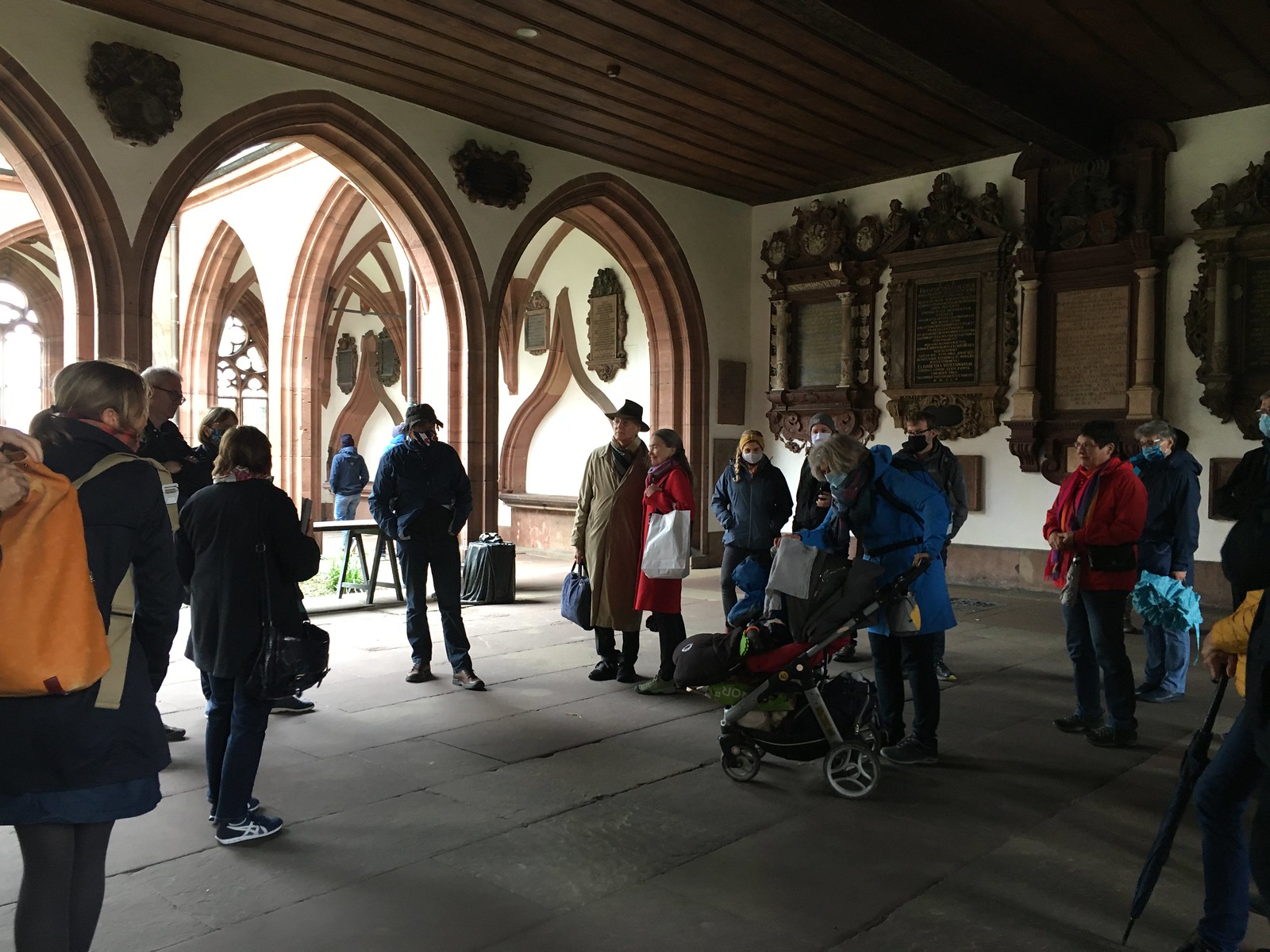
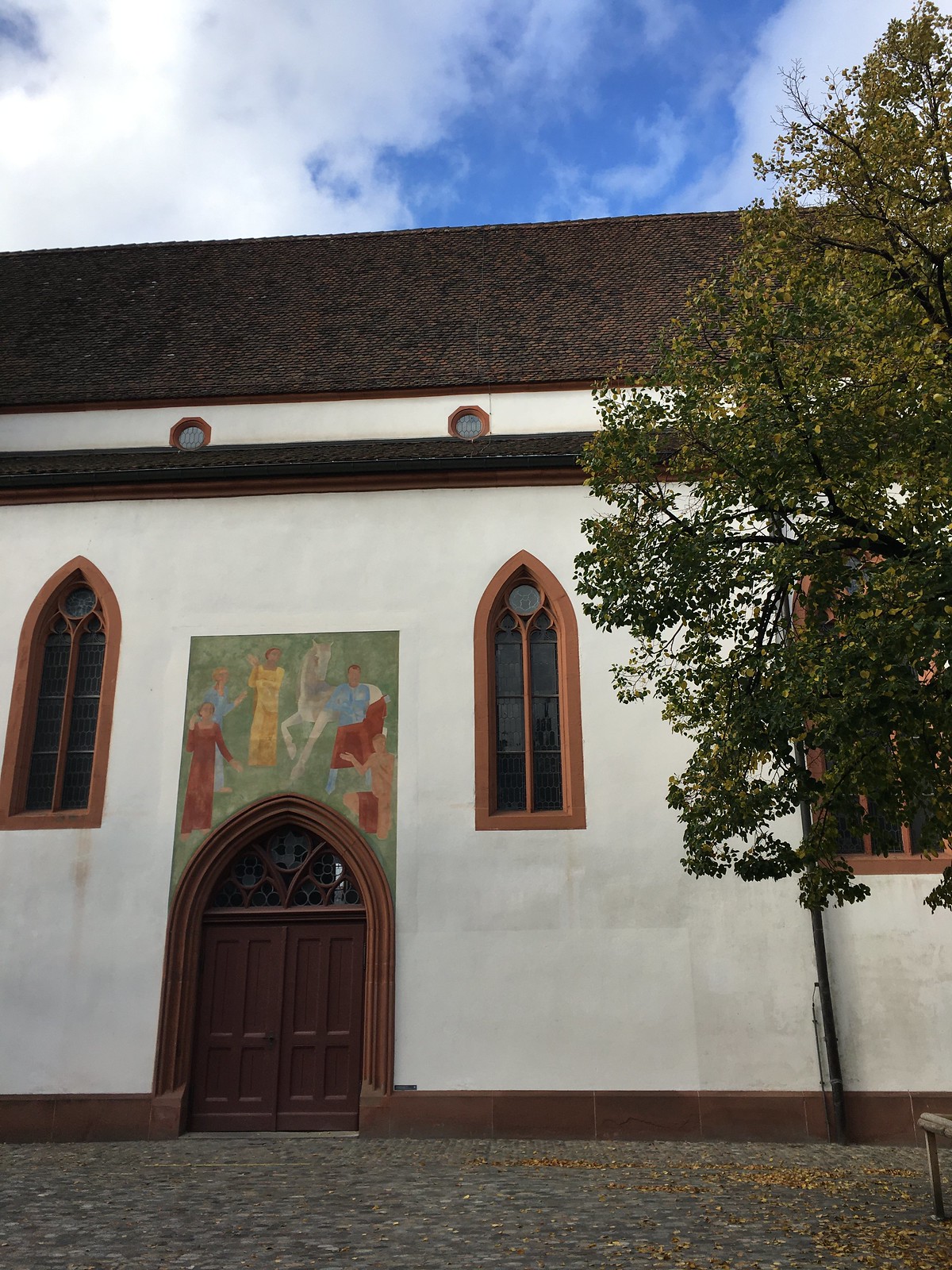

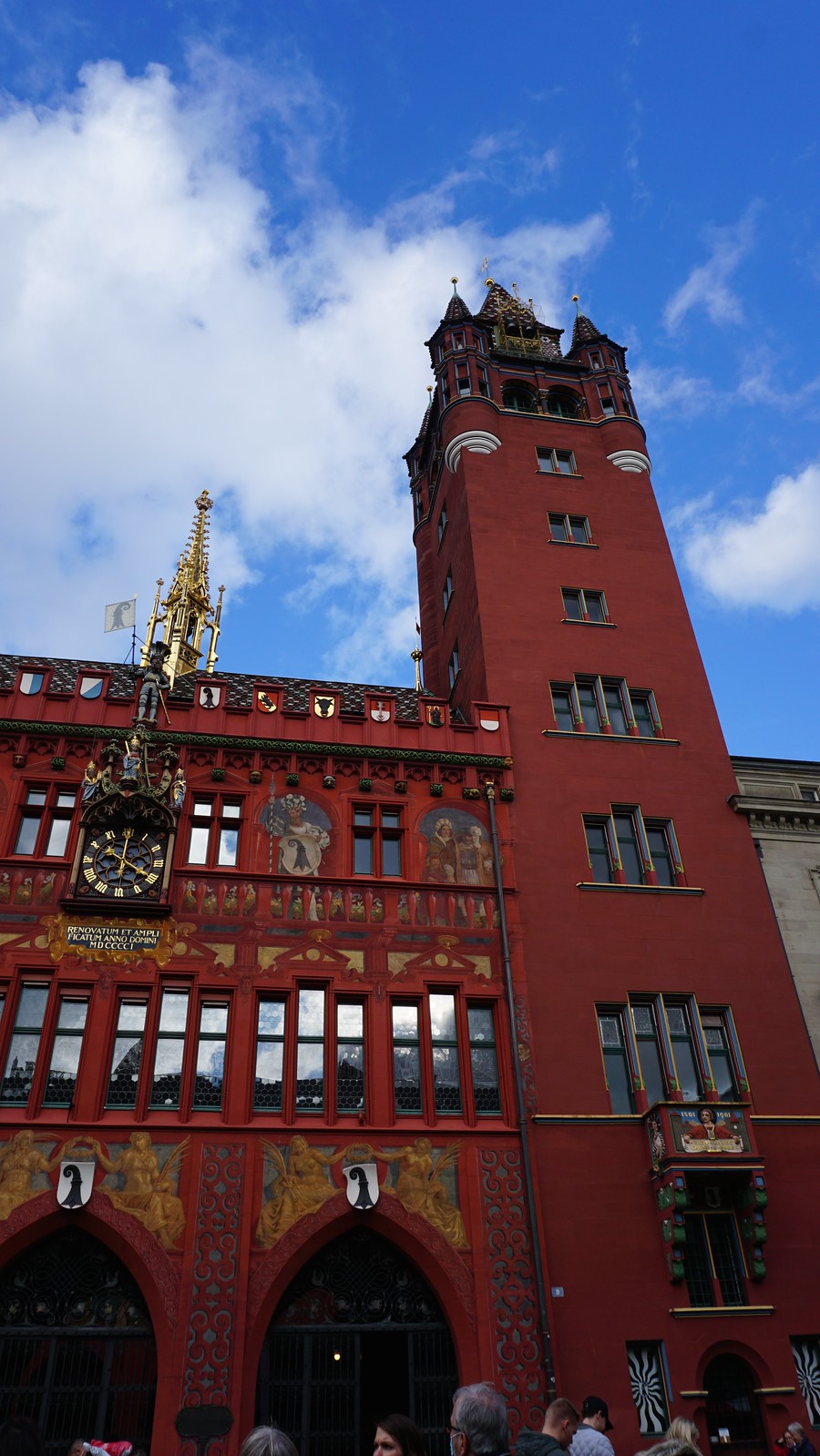
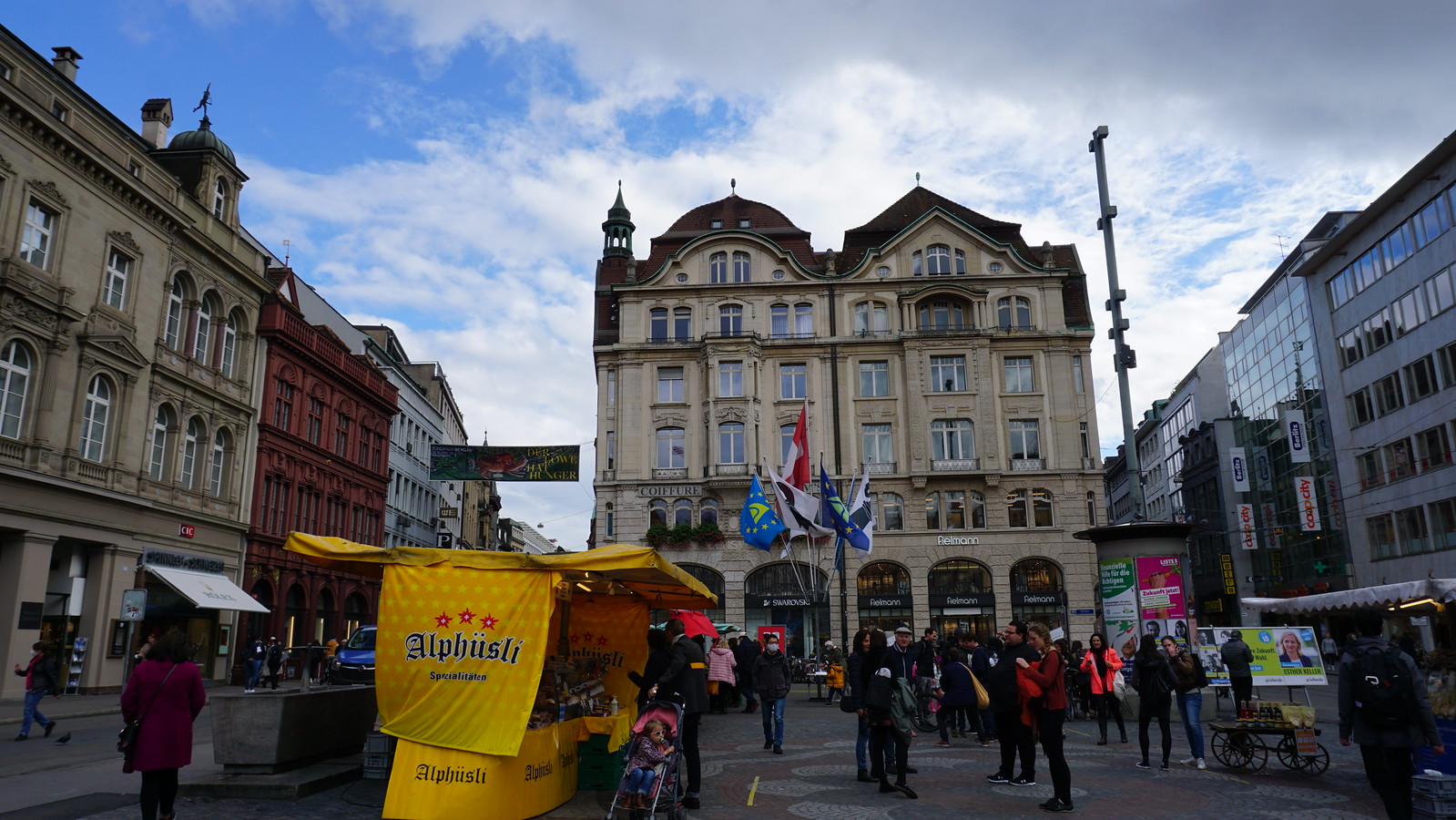
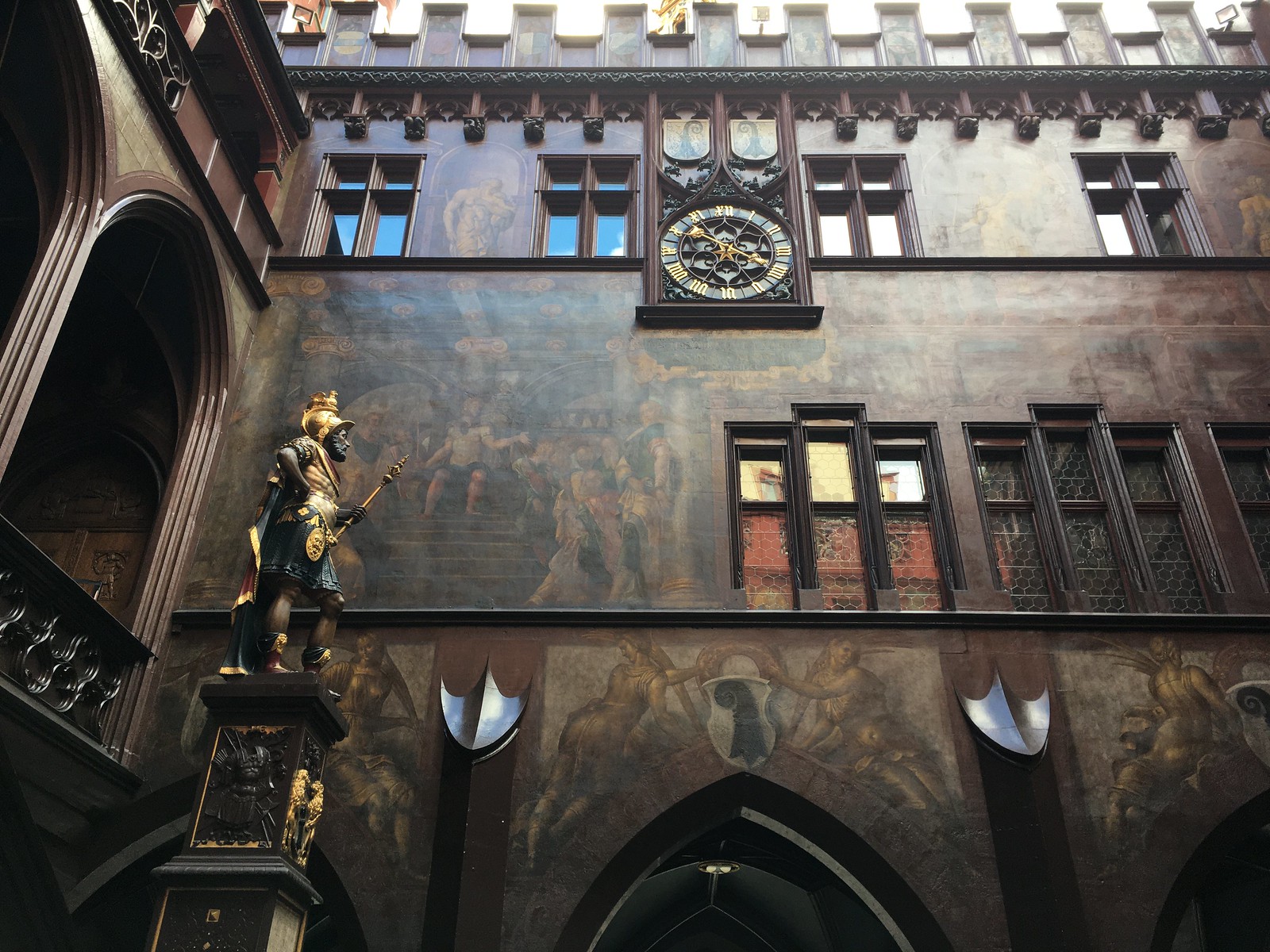
And some more snapshots of old town Basel…




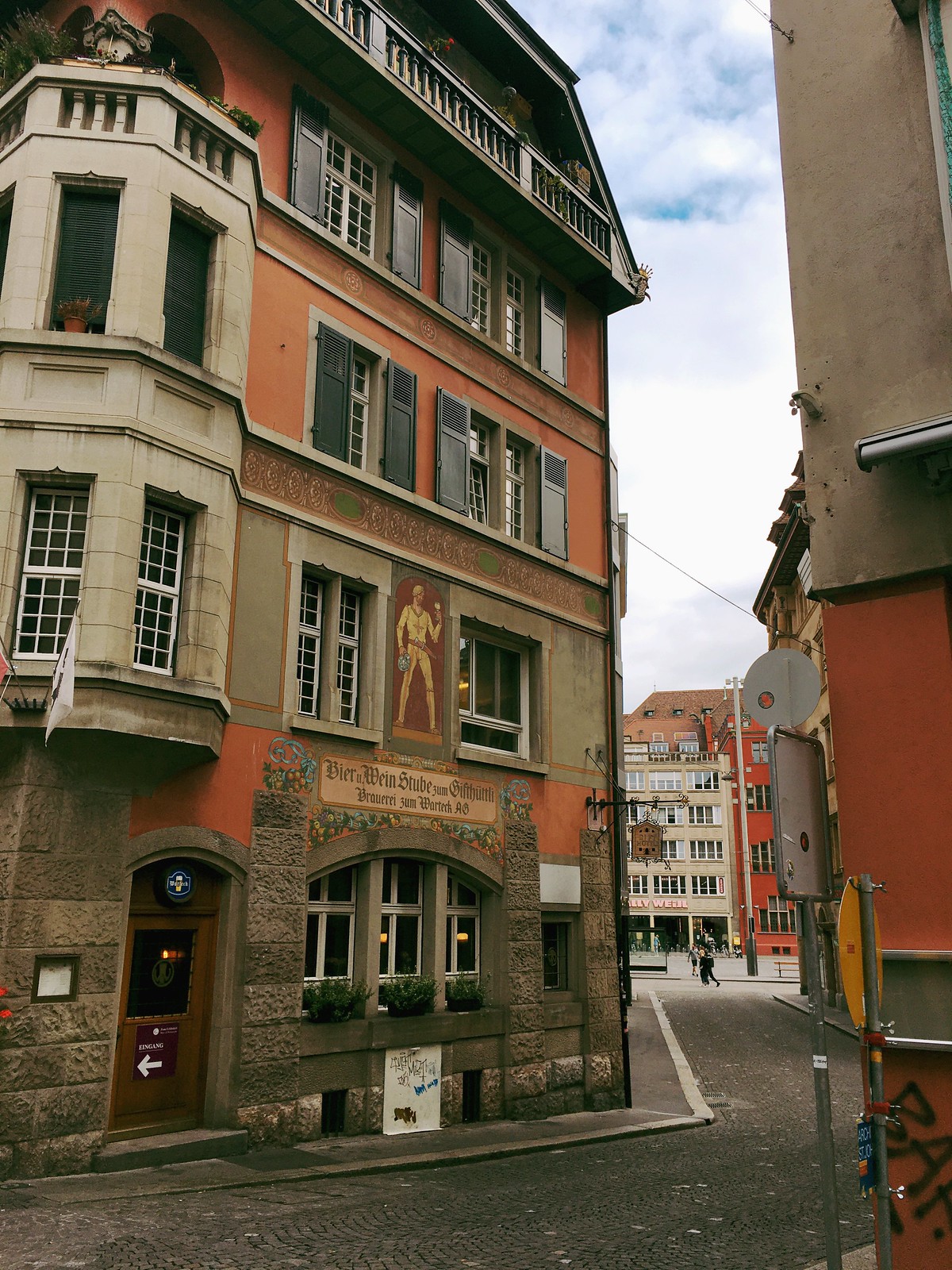
Dreiländereck
The next morning I visited Dreiländereck, the border marker at which France, Germany and Switzerland intersect. The reviews on Google Maps are lukewarm, and after visiting in person, it’s not hard to see why: the area is not very touristy and rather industrial, with lots of ships, cargo and construction. I had to walk 10 minutes to take bus #8, ride for about 10 minutes, then get off and walk another 12 minutes.


Aaaaand then I was there.


That’s France on the left, Germany on the right, Switzerland from where I’m standing.
Coming back to city center, I crossed a medieval bridge, which offered better views than the one I’d been on the previous day.



University of Basel
The university campus is in a lovely part of town — close to the river, and also on the borders of the old town. It’s exactly the type of place you’d escape to if you just wanted a quiet, comfortable corner of the world to hunker down and do research.
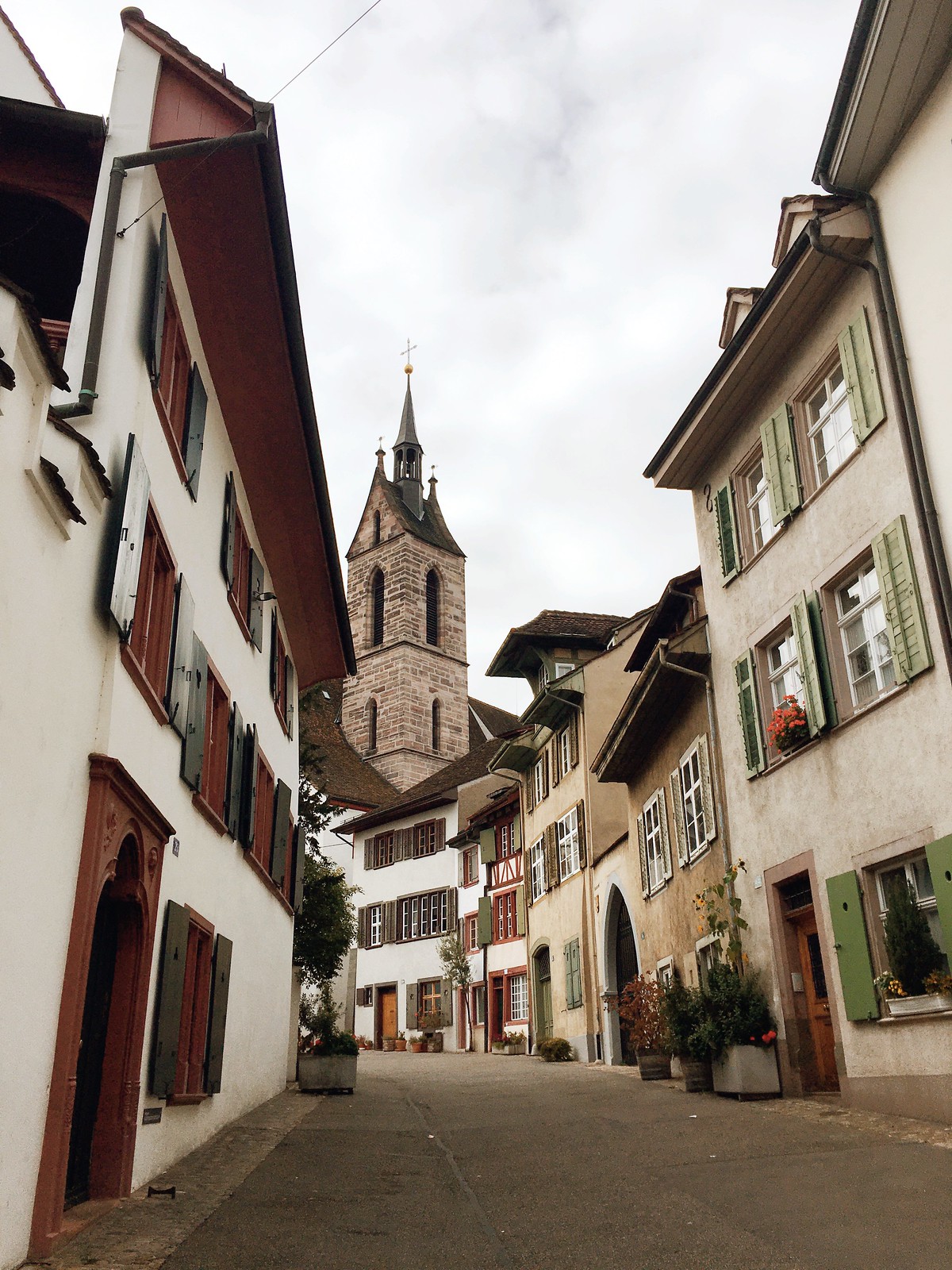

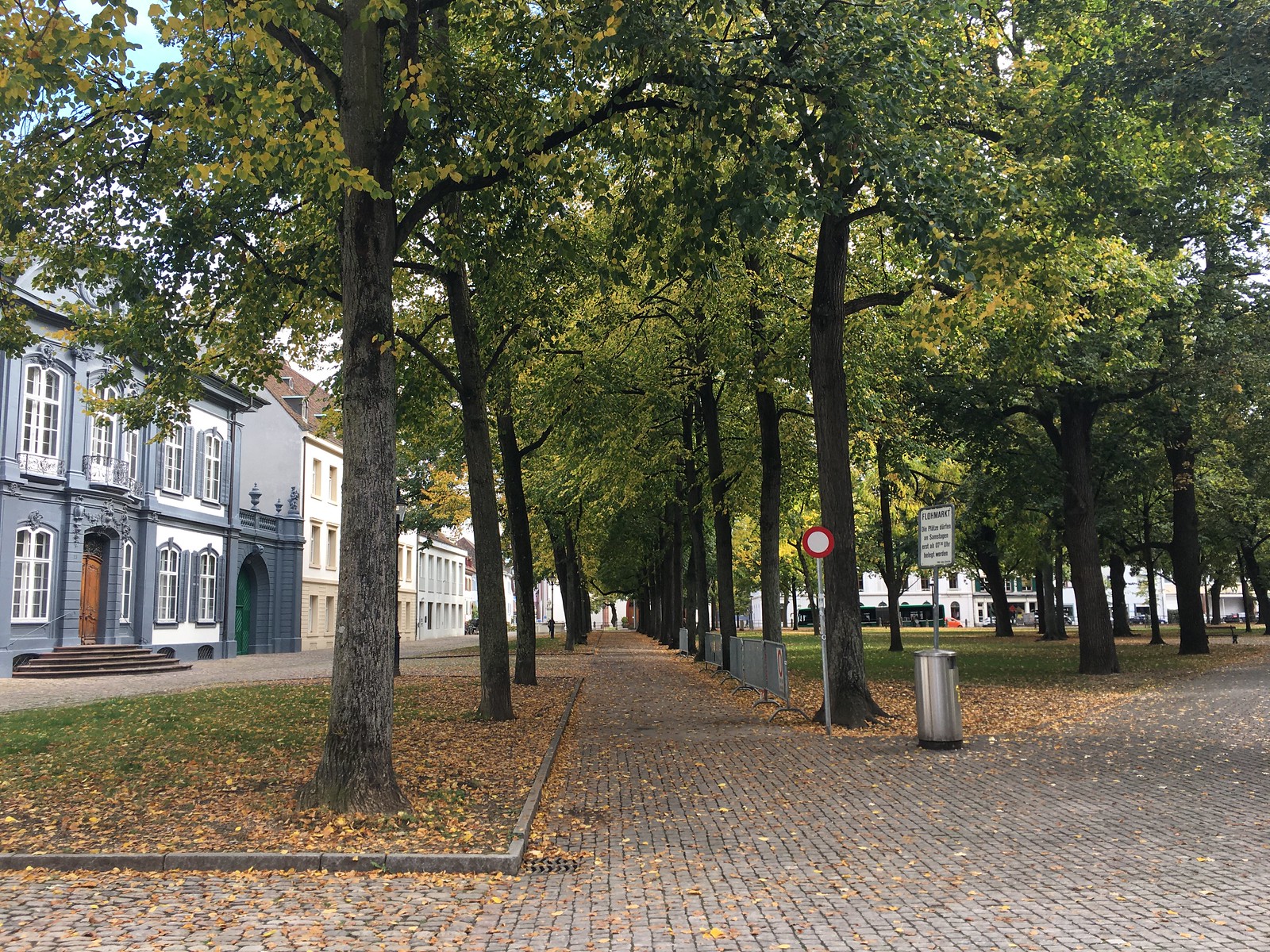
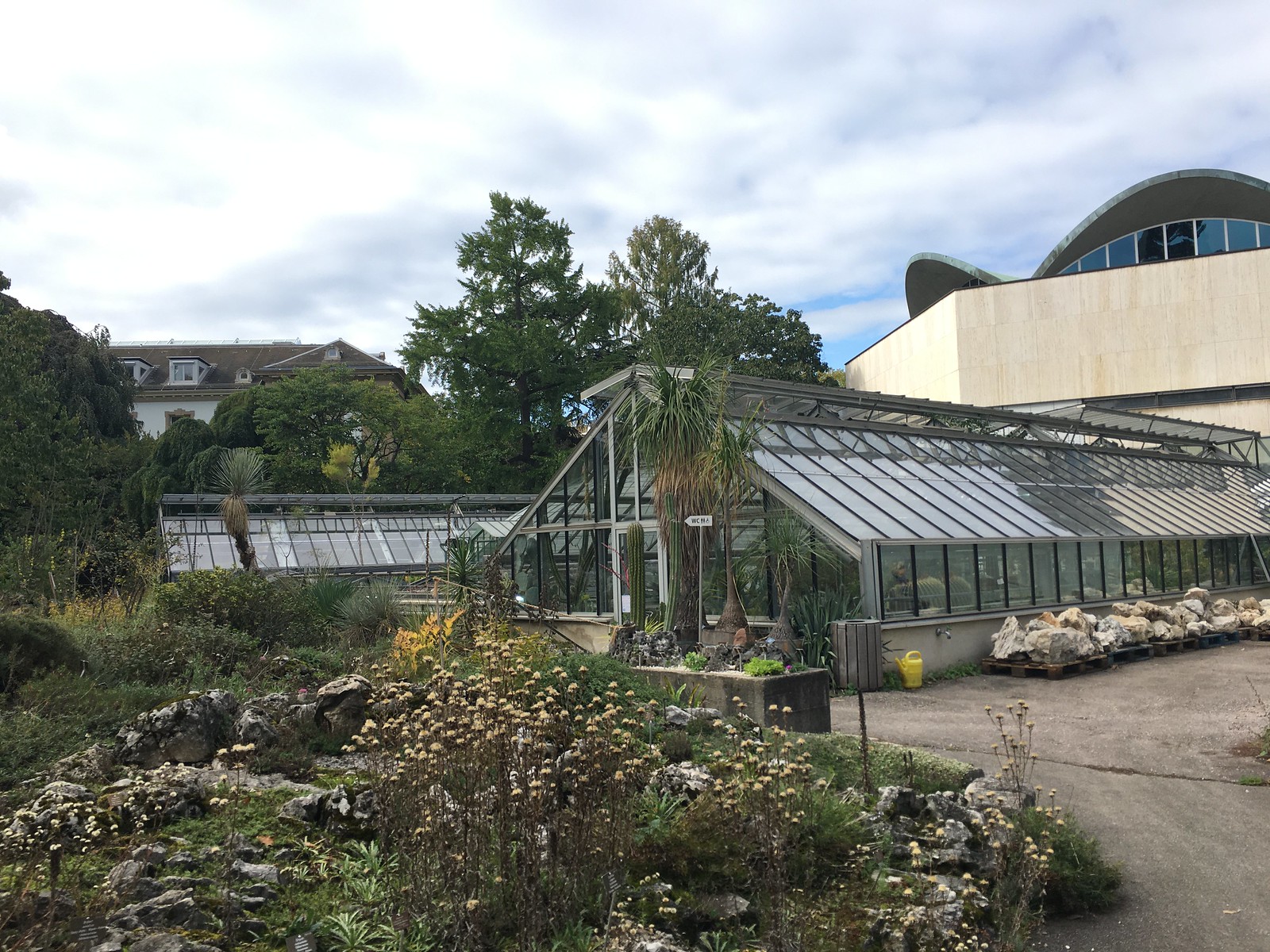


Near the botanical garden was the Gate of Spalen, a structure that dates back to the 1400s.


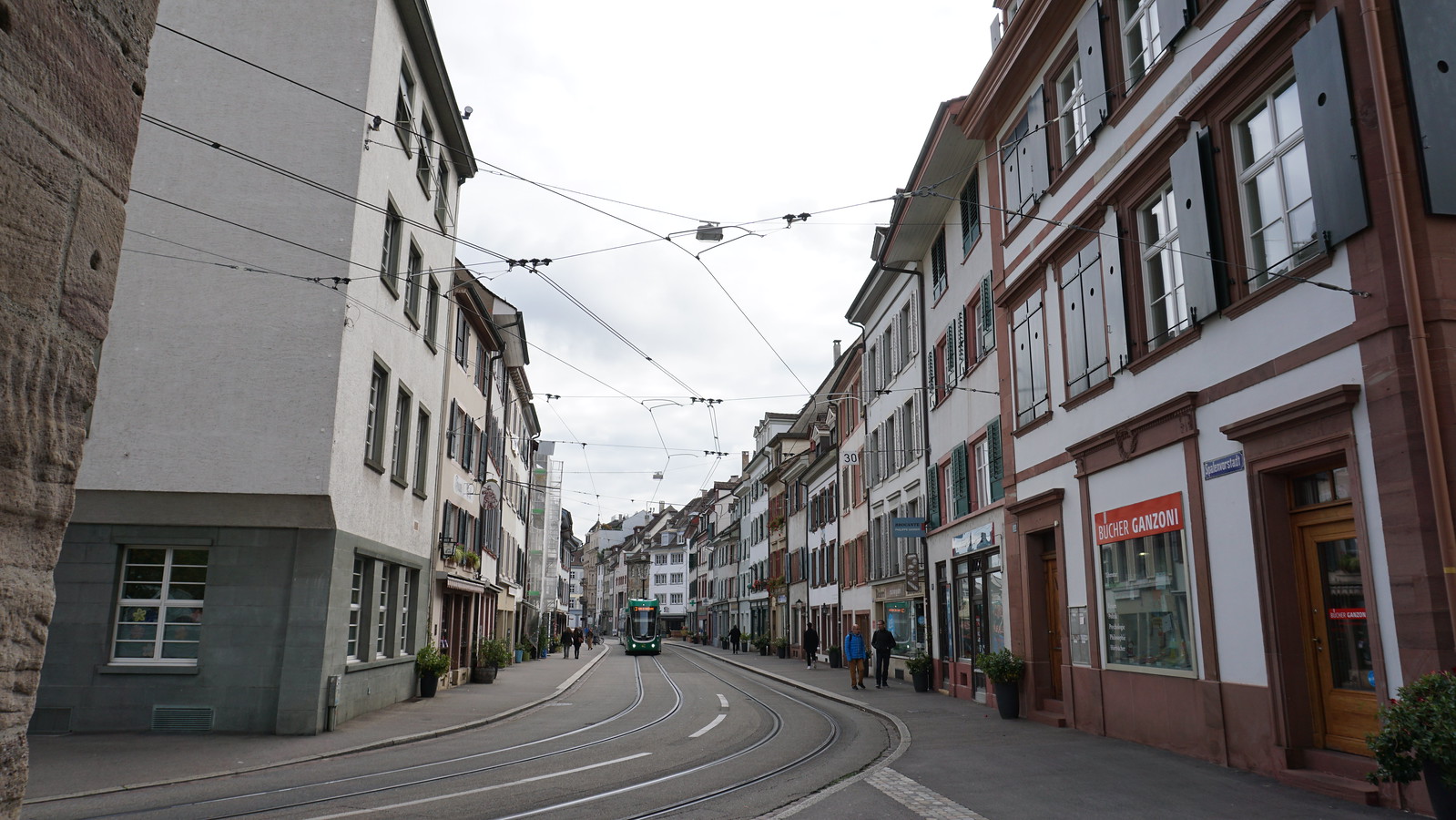
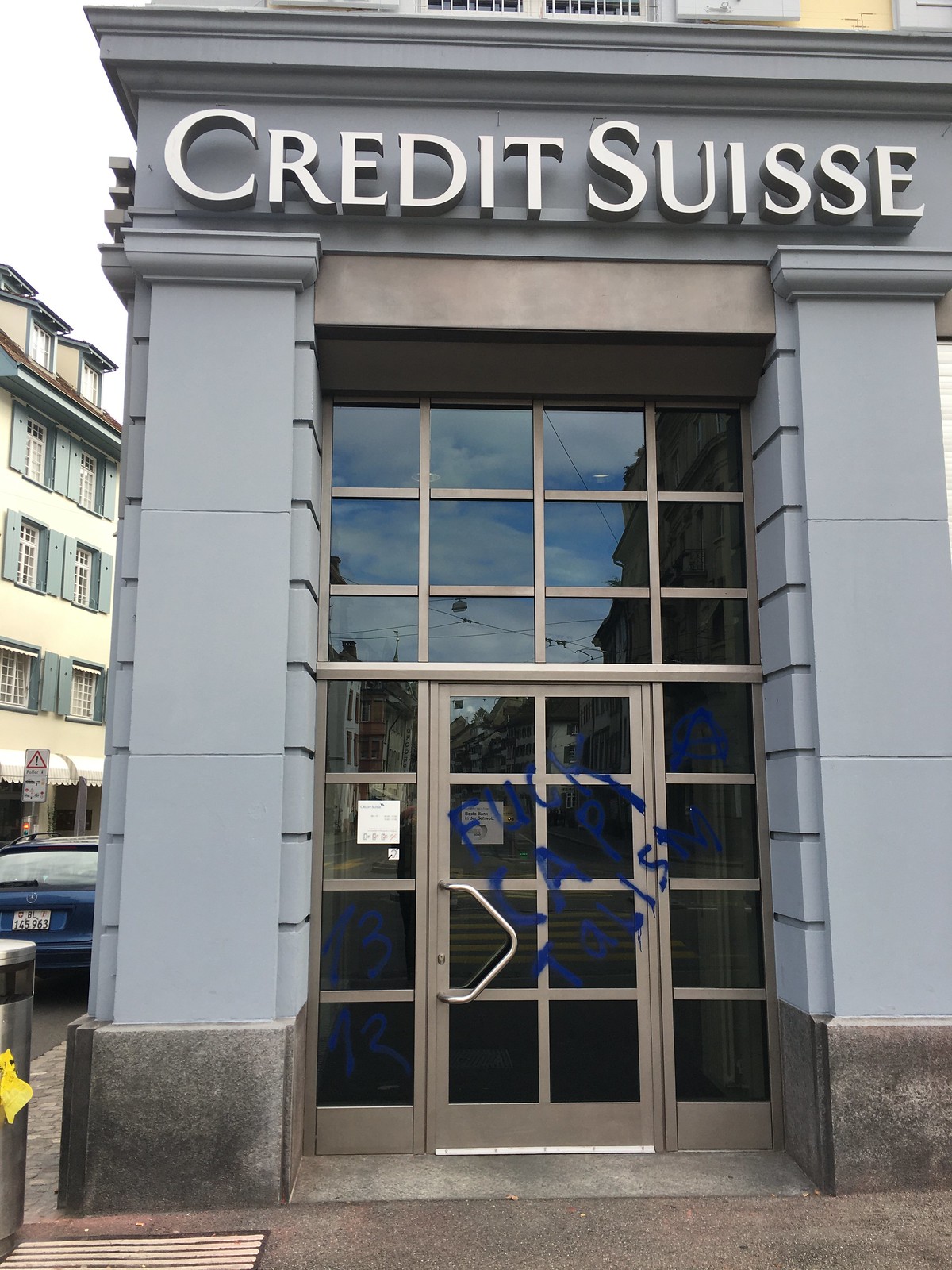

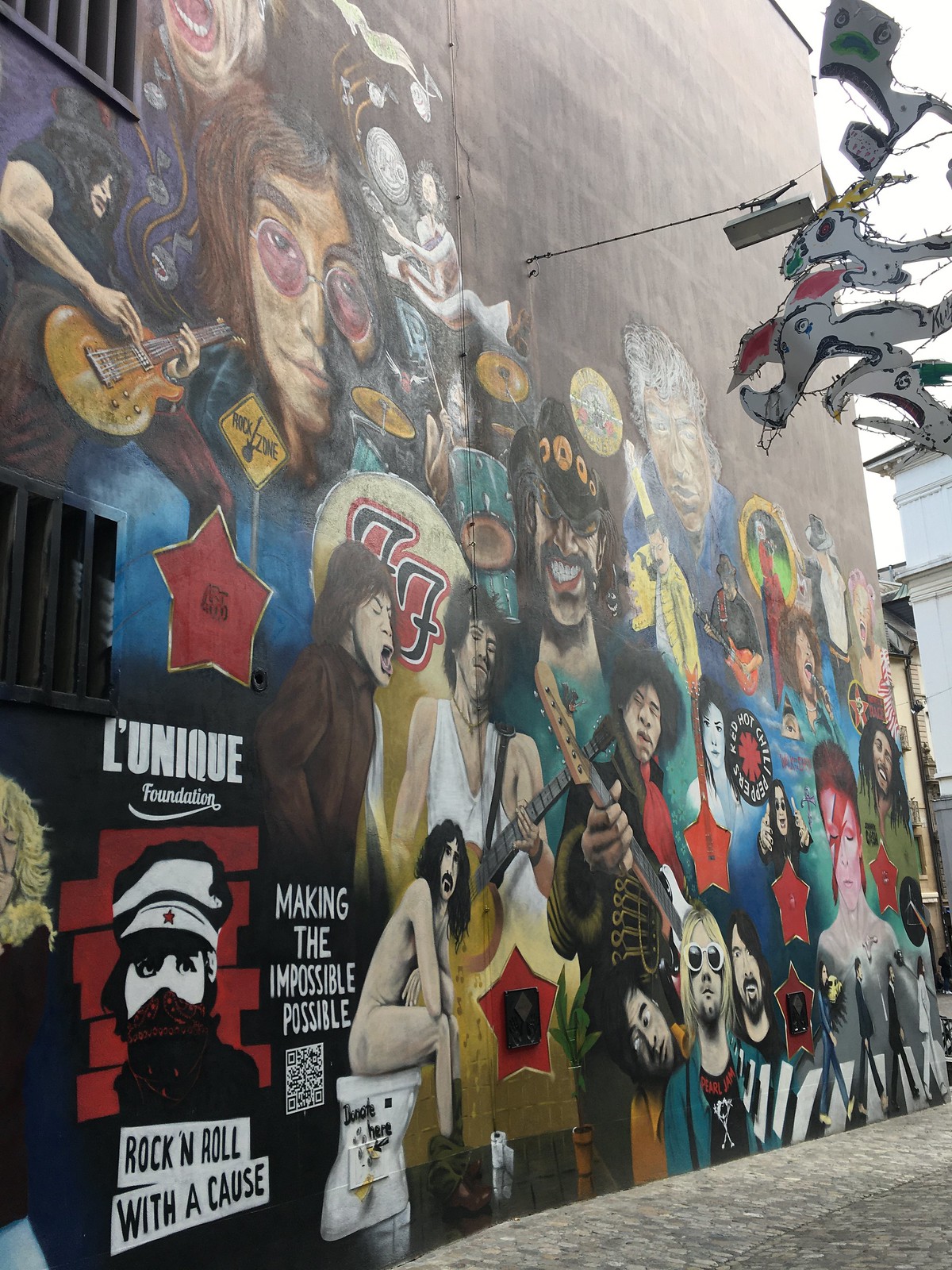
After a sandwich and a coffee, it was time to head back to Geneva.

On the train I dialed into my Zoom Indonesian class — something I definitely hadn’t taken into account when I booked this trip a while back. I even had to sign off and transfer trains in the middle of class, but thankfully it didn’t end up being too disruptive. What’s funny is that I wasn’t even the only person in the video chat wearing a mask; I think one of the other students must have been on their college campus or something. This time, we learned how to describe people and objects in Indonesian using colors and adjectives!
Expenses (in CHF)
Roundtrip train between Geneva and Basel – 49.60
Hotel – 264.50 for 2 nights, including breakfast
Meals – 55.70 (average 18.56/meal)
Toy museum – 4.00
Fine arts museum – 8.00 (after 50% Basel Card discount)
Old town walking tour – 10.00 (after 50% Basel Card discount)
Public transportation – free with Basel Card
Total: CHF 391.80
I was in Basel back in March when the shutdowns began and I fell in love with this charming city ❤️ Thank you for sharing!
LikeLiked by 2 people